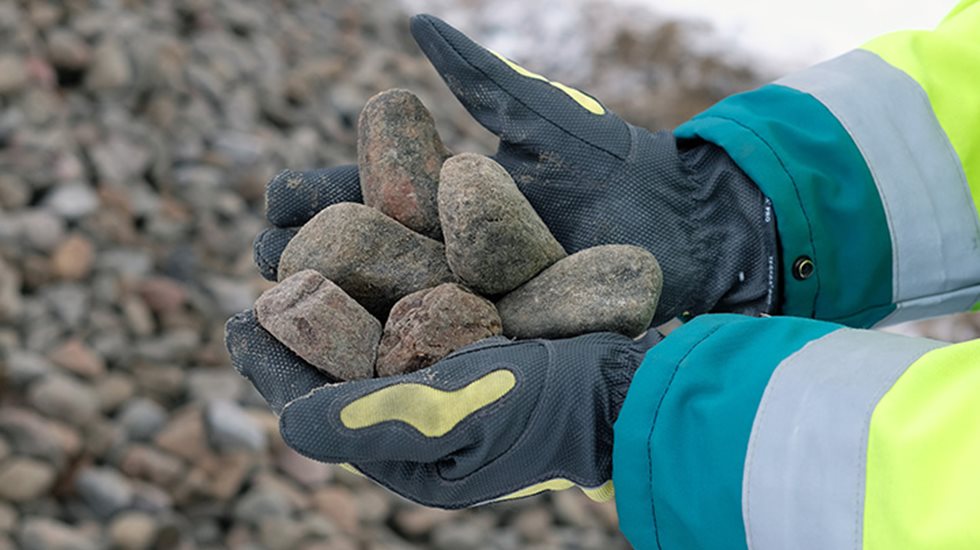“We screen three sizes of natural stones from the gravel bank. The sizes of the spawning stones vary between 30-60 mm, 20-100 mm and 100-250 mm. More than 1,300 cubic meters of gravel is being processed,” says Kokkonen.
“Working with the screen is fast. We use an eccentric throw of 14 mm, and the screen accepts as much feed as the excavator is capable of putting in. We use punch plates in three sections on the screen’s upper deck, and a steel mesh in one section, as well as on the lower deck,” Kokkonen adds.
“A good screen for any job”
Veljekset Kokkonen purchased their first mobile crushing equipment from Metso in the early 1980s. After that, they have completed it with a track-mounted two-stage plant. Last September, the company acquired a Lokotrack ST2.8 screen.
“Based on our first experiences, ST2.8 is a screen that gets the job done. So far, everything has worked well. A Finnish product is a safe choice, because it means that spare parts and maintenance services are locally available when needed,” Kokkonen stresses.
“Good fuel economy is an added bonus for us, enhancing the cost-effectiveness of screening. The efficient screen consumes only just over 12 liters per hour, which is not much for an hourly screening capacity of more than 200 tonnes,” he adds.
Veljekset Kokkonen’s operations are based on three pillars: construction sector transport services, contracting, and crushing and screening.
The family company operates mainly in Eastern Finland and employs around 20 people. They crush and screen roughly half a million tons of aggregates annually. As many of their clients are small companies, the equipment is transported from one place to another around 40 times a year.
Spawning stones for an important need


